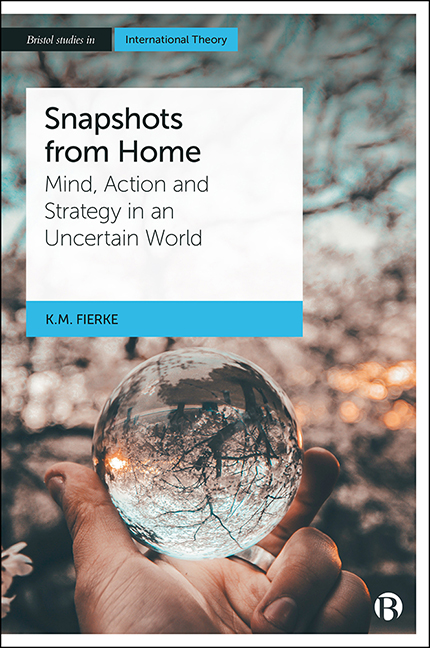Getting to Know the Apparatus
Published online by Cambridge University Press: 15 September 2022
Summary
Repositioning the apparatus impacts on what is seen. The rationale for repositioning and the implications for my positionality as researcher were explored in the first part of the introduction. Here we seek to deepen understanding of the apparatus, that is, the parallel between quantum physics and ancient Asian philosophies, as preparation for the snapshots that follow. Nearly a half century ago Fritjof Capra's ([1975] 1991) The Dao of Physics drew a parallel between quantum physics and Eastern mysticism, focusing in particular on Buddhism, Daoism and Hinduism. His book, which was a sustained exploration of the parallel, was both insightful and popular. The argument resonated with the New Age politics of the 1970s. In the context of the argument that follows, Capra's framing of quantum science and Eastern mysticism is problematic in so far as experience within the world is the primary concern here. I argue that an earlier articulation of the parallel, by the Danish physicist and father of the Copenhagen interpretation Niels Bohr (2010), provides a better positioning for exploring the meaning of mind, action and strategy in an uncertain world. Bohr argued that mysticism was not the point of the parallel, and shifted emphasis to our role as spectators and actors. Further, Bohr's concept of complementarity provides a different angle on the relationship between science and mysticism that goes beyond the either/or terms in which it is usually discussed.
The first part of this chapter examines various ways that physicists have articulated the parallel between quantum physics and the Eastern philosophies, elaborating in particular on the contrast between Capra and Bohr. The second part examines the contradiction of real and non-real and unpacks three specific parallels, including impermanence, complementarity and entanglement, as they relate to mind, action and strategy, which provides the apparatus for making ‘cuts’ – to use Barad's terminology – into the various contexts of practice observed in the snapshots. Part three explores how an emphasis on entanglement in language shapes the relationship between the natural and social sciences. The fourth part then revisits the relationship between science and mysticism, demonstrating a conception of the two as intertwined rather than mutually exclusive.
- Type
- Chapter
- Information
- Snapshots from HomeMind, Action and Strategy in an Uncertain World, pp. 27 - 54Publisher: Bristol University PressPrint publication year: 2022



